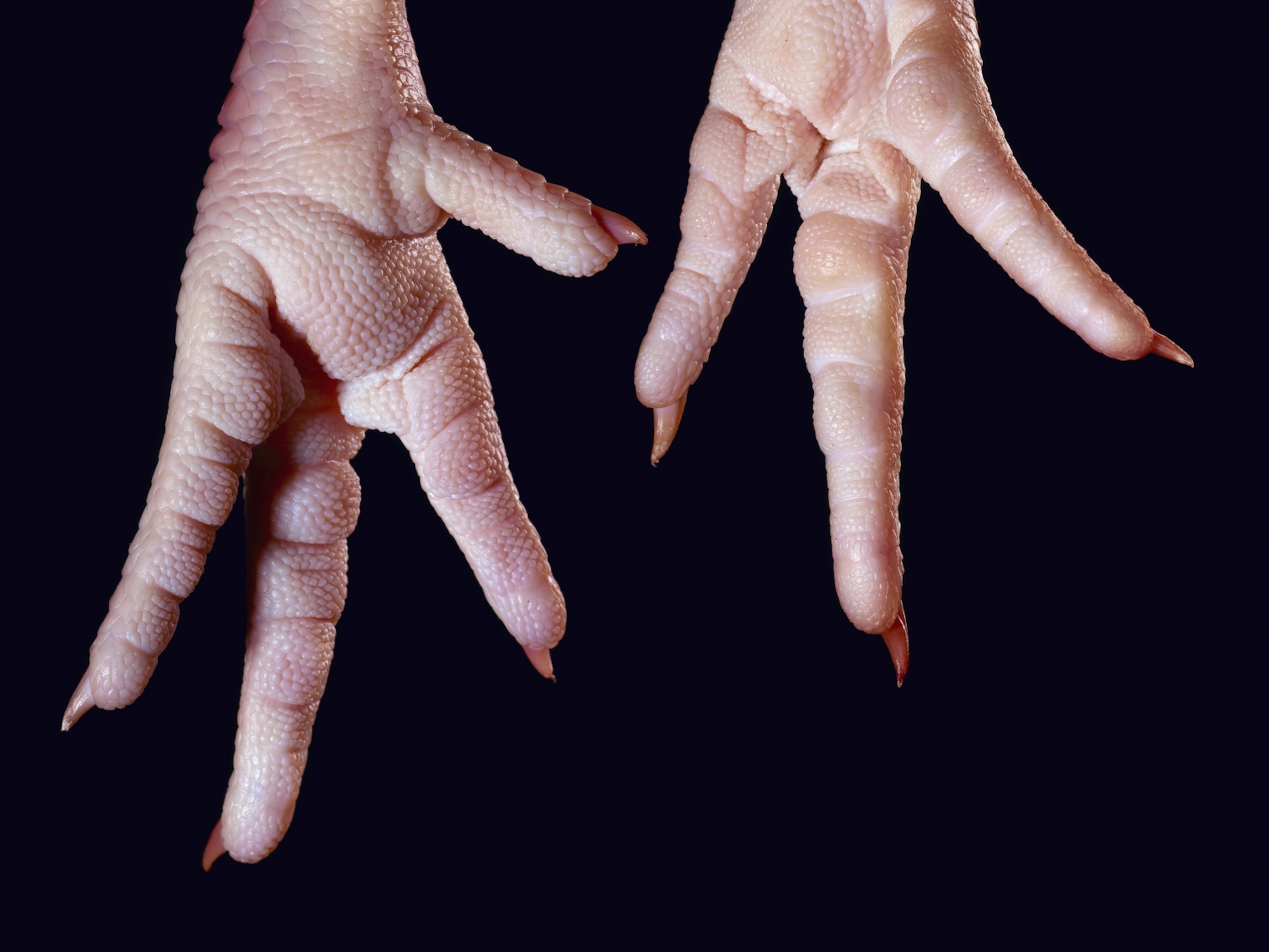
Forget the Sweet Tooth, Eyes Reveal a Taste for Sweets
Sugary treats cause a surge of dopamine, which can be measured in the eyes.
If chocolate brownies make your eyes light up, there's a chemical reason: Rich, sugary treats trigger a surge of dopamine, the brain hormone associated with pleasure and addiction, that can be measured in the retina.
A new study published in the journal Obesity used a novel method—electroretinography (ERG), a tool normally used by ophthalmologists to assess retinal damage—to examine what makes some foods so irresistible to some people.
New Way to Look at Dopamine
Drexel University nutritionist Jennifer Nasser came up with the groundbreaking idea of using ERG to assess the connection between food and dopamine.
After reading about the use of ERG in studies of cocaine addicts, Nasser was struck by the idea that it could also be used in the context of obesity research.
"I've always wanted to be able to measure dopamine response to food, but other methodologies are either extremely invasive—like a spinal tap—or extremely expensive, like a PET scan, which can cost $2,000 or more a session," Nasser said. "Electroretinography is actually a very old clinical procedure that's much simpler; it's something you could get done at the eye doctor's office."
Scientists already knew that light activates dopamine neurons in the retina, and that consuming sugar and fat releases dopamine in the so-called mid-brain system. But until now, those two systems were thought to be unrelated, said Nasser.
"Many retinal experts told me that using ERG in this way probably wouldn't work," she said, but when she connected the conclusions of several other studies involving dopamine in both the brain and eye, "it just seemed logical."
This Is Your Brain on Brownies
Nasser and collaborators at the New York Obesity Nutrition Research Center flashed a light into the eyes of subjects who had consumed one of three different substances: water, chocolate brownies, or the drug methylphenidate (Ritalin), which is known to increase dopamine levels in the brain. As the light hit the optic nerve, it triggered electrical signals that could be measured by the ERG, indicating how much dopamine was being released.
They found that a mouthful of brownie triggered a spike of dopamine almost identical to the spike caused by the drug, while the water had no noticeable effect.
In other words, there's a scientific reason that you want another brownie.
The sugar and fat in brownies probably play a bigger role than chocolate, Nasser said—they simply used chocolate brownies in their study because that's what the first subject named as a favorite food. In future studies, she'd like to test people's responses to other foods and to single ingredients such as sugar.
Nasser cautions that this was a small study with only nine subjects, and the results must be replicated in larger groups before anything can be considered conclusive. But she's excited about what the use of ERG could mean for people who tend to overeat certain foods—especially as obesity continues to spread in the developed world. More than one-third of U.S. adults are obese.
"I can see eventually using this procedure as a way of testing different foods with individuals who struggle with things like binge eating disorder," Nasser said.
She gave a hypothetical example: Someone says they like several different foods equally, but an ERG test reveals that one of those foods produces a tremendous dopamine spike. "Then you can tell them: Okay, you should probably stay away from that particular food, because you will be more likely to eat too much of it."
Does that mean that we can blame overeating on our brains?
"Well, in some respects, you could say that most of our behavior is based on chemical things going on in the brain," said Nasser. "But that doesn't mean we're not capable of choice."




